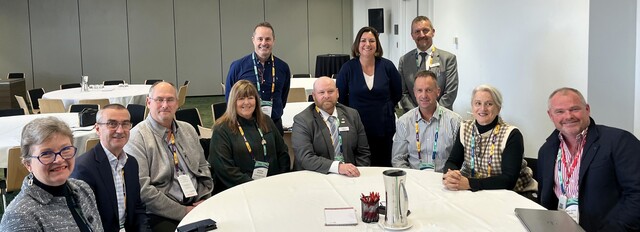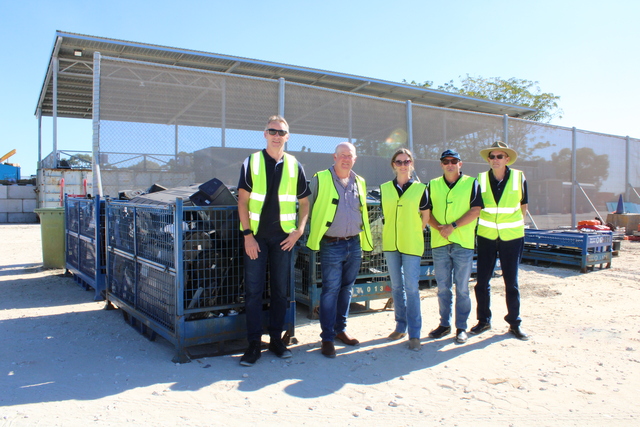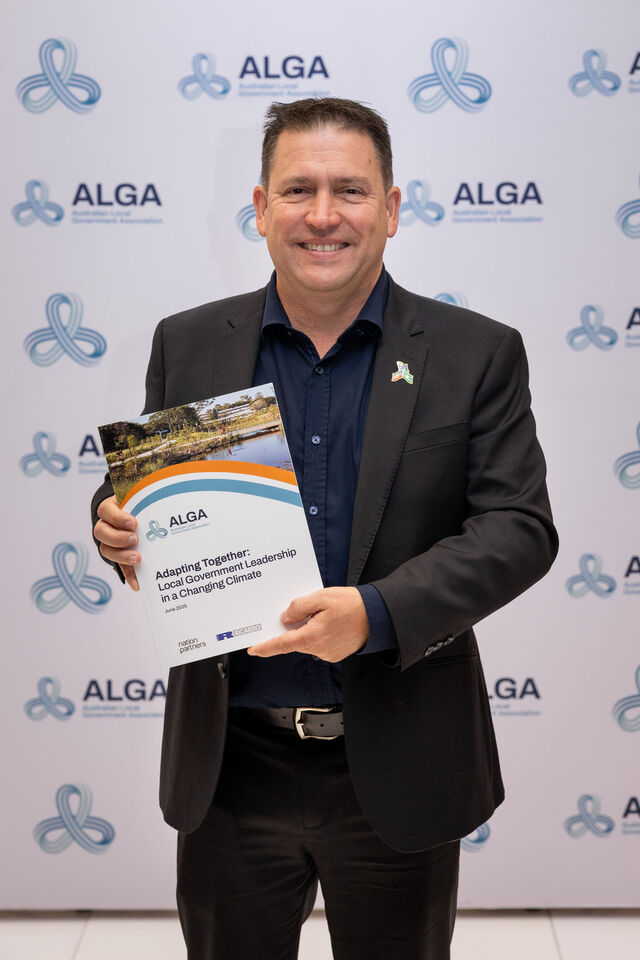A holistic approach to asset management
In upgrading, repairing and reassessing the need for some of its community halls over the last few years, George Town Council overhauled its entire asset management approach.
Located in northern Tasmania, George Town’s population of almost 6,700 people is spread over one main town (George Town) and four coastal villages.
In 2000, Council recognised it had limited inventory and condition data for all its assets, as well as limited funding resources. It also had the highest debt levels in Tasmania, and multiple buildings in poor condition.
“Our former General Manager, Ngaire McCrindle, recognised that Local Governments are about community, lifestyle and sense of place, and that assets support and enhance these values,” said current General Manager Stephen Brown. “As such, to create a future where the lifecycle cost of our assets was a forethought, Ngaire was a driving force in setting the following goals:
- to appropriate assets to enhance and
sustain community and lifestyle within
agreed parameters - to ensure assets are in good condition and
maintained/renewed at the ‘right’ time - to remove surplus assets
- to adopt strategic asset management to
ensure sustainability in the future - to create an understanding for Council and
the community of what they can afford.”
To achieve this, Council identified what assets were needed to deliver services and the current condition and risk levels of those assets. It also set minimum condition ratings and service levels, developed an asset management policy, and implemented systems and procedures to capture data and provide analysis.
Applying the theory
Council needed to undertake thorough analysis of all of its assets, but its halls were one area that needed immediate attention. After investigation, Council found that none of its halls met current standards with regard to access, kitchens, toilets, building and fire hazards.
Using its newly adopted asset management procedures, Council prioritised actions and groups of buildings to target. It consulted with hall users to determine current usage and future needs, and to develop a strategic plan for halls. From this, a user pays system was established. Income and costs of each facility were identified and budgeted.
Due to excessive risk, low usage and/or overlapping services with nearby buildings, some of the halls were closed, demolished or sold. In one case, a building was transferred to the local fire service and upgraded as a rural fire station and community meeting space, a win–win local solution.
The halls that were kept have been upgraded and brought up to standard, and in some cases they have been expanded.
Pitfalls and lessons
Ngaire McCrindle believed that in moving forward, you should always assume that Council will lose focus if not involved, informed and reminded.
“It is essential to involve all Councillors and staff in the issue,” she said. “Bring them along with you. They are a valuable resource for talking to the community at large, and having much of the debate publicly allows for broader ownership of the decision or at least understanding of the issues.
“People view asset management differently and often have different goals. You need to address these perceptions and ensure everyone is talking the same language.”
Ngaire McCrindle said to do this Council must be united, have a clear strategy, be open with the community and be willing to pursue the strategy regardless of public pressure.
She also stressed that councils should not take funding for an asset just because it is offered.
“You need to consider whether you need that asset in the future,” she said.
Current General Manager Stephen Brown said he is committed to supporting and attempting to further the processes now in place as a result of Ngaire’s foresight and initiatives.







